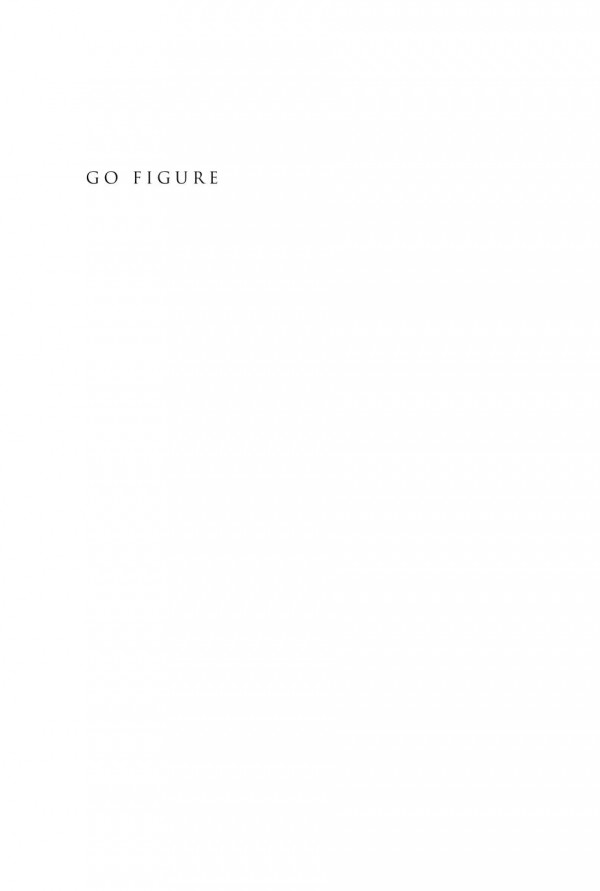

Most ebook files are in PDF format, so you can easily read them using various software such as Foxit Reader or directly on the Google Chrome browser.
Some ebook files are released by publishers in other formats such as .awz, .mobi, .epub, .fb2, etc. You may need to install specific software to read these formats on mobile/PC, such as Calibre.
Please read the tutorial at this link: https://ebookbell.com/faq
We offer FREE conversion to the popular formats you request; however, this may take some time. Therefore, right after payment, please email us, and we will try to provide the service as quickly as possible.
For some exceptional file formats or broken links (if any), please refrain from opening any disputes. Instead, email us first, and we will try to assist within a maximum of 6 hours.
EbookBell Team

4.4
12 reviewsGo Figure addresses theories of the figure and practices of figuration ranging from classical rhetoric and biblical exegesis to semiotics, psychoanalysis, and socio-politics. Situating theory in history, the essays in this volume focus on verbal and visual texts from the sixteenth to the eighteenth centuries, and they explore science, sacramental poetics, romance and lyric narrative, and the natural world in still lifes, prayer, parasites, and politics. They engage the work of poets, painters, storytellers, and playwrights. While the theories that inform them are many and various, they share a point of reference in the work of Jean-François Lyotard, who theorizes the co-presence in language of the figure and discourse: Lyotard’s figure relates to discourse as image emerges in description, as sense accompanies signification, and as energies shape texts from within. The original essays invited for the volume show how figural energies and forms inhabit both texts and the practices that produce them—how figures are fundamentally in play in the making of subjects, societies, traditions, and institutions.